What is a treatment plant?
A treatment plant is an ultimate solution for a private sewage system. If you live in a rural area and are too far from the main public sewer for a connection, then you may need your private sewage system to dispose of your wastewater in an environmentally friendly and legally abiding way. Ideally, your private drainage system would be producing clean water to a high enough standard that would discharge to a drainage field or could be discharged into rivers, streams or a watercourse.
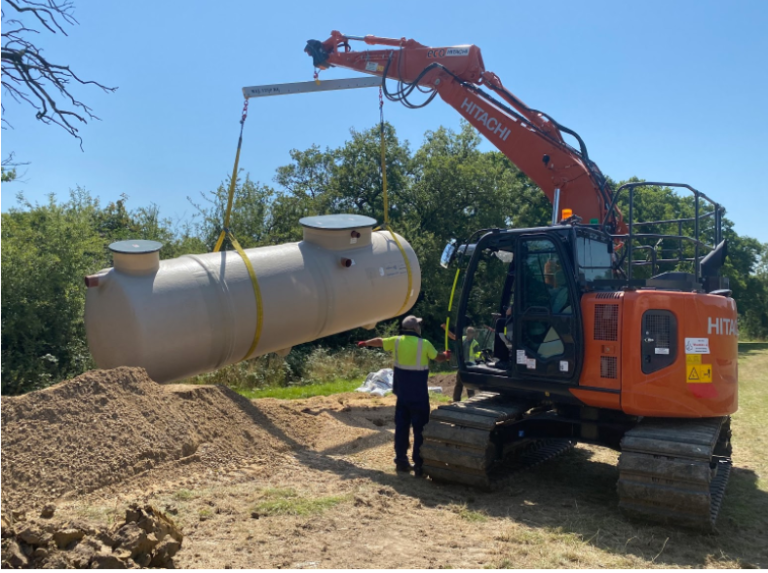
A treatment plant is often looked upon as an upgrade from a septic tank that is limited to a drainage field. Without proper treatment, you are not allowed to discharge from a septic tank into the damp or wet ground, a stream or river because this is considered polluting.
Domestic sewage treatment plants
A domestic treatment plant consists of three different chambers that pass the sewage through different stages of separation. The first chamber receives the effluent from your property and allows it to sit until the solids separate from the liquids naturally. Unwelcome fats and grease generally float to the surface, and solids fall to the bottom – leaving just liquid to flow through the mid-level outlet into the second chamber.
The second chamber is where the treatment takes place. Air circulation – via a traditional pump or an air pump – is used to encourage bacteria to grow. These bacteria digest and break down waste products that enter the chamber. This setup is designed to keep the population of microorganisms happy in a friendly environment, encouraging them to flourish.
The cleansed liquid from the second chamber is then fed into the third chamber, where a final separation process naturally occurs. The treated effluent is then ready to be discharged.
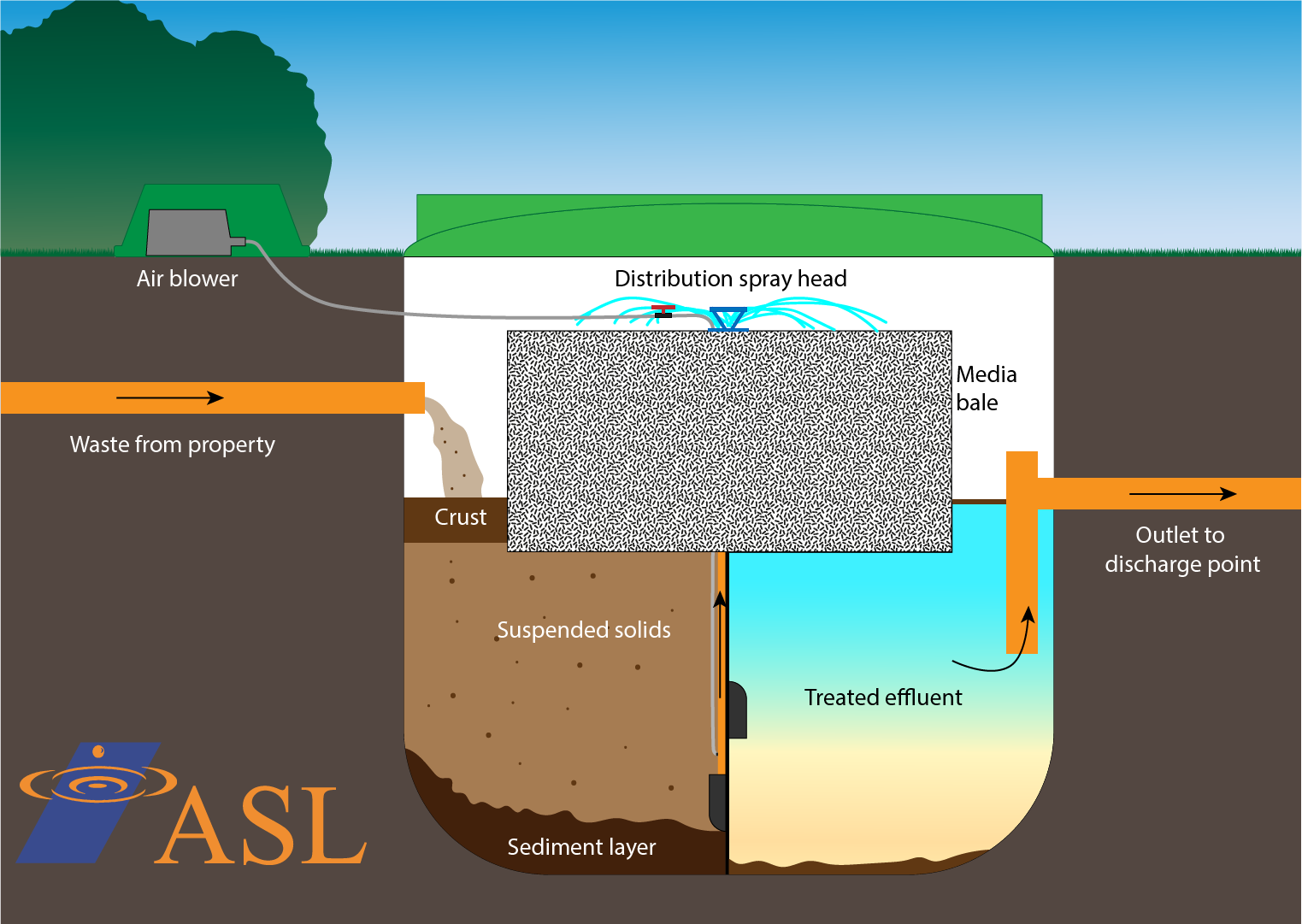
These treatment plants treat the sewage to the standards required by current environmental legislation. They can be discharged into either a drainage field or into a flowing watercourse – subject to meeting the binding rules or obtaining a ‘Consent to Discharge’ from the Environment Agency. A domestic treatment plant usually requires de-sludging annually or six-monthly depending on the size of the installation, and the number of people using the system.
We advise that any cleaning agents such as bleach and any household chemicals for cleaning are very well diluted before being disposed of down the sink or the drains. We are also concerned about the use of antibacterial cleaning products, as these can harm the microorganisms in your tank, reducing their effectiveness.
What does a treatment plant look like?
If you have a sunken treatment plant, at the surface level, you will generally, only see the inspection chamber entry hatch and possibly a vent pipe protruding from the ground nearby. When the treatment plant inspection chamber is open, you may see the different segments of the chambers.
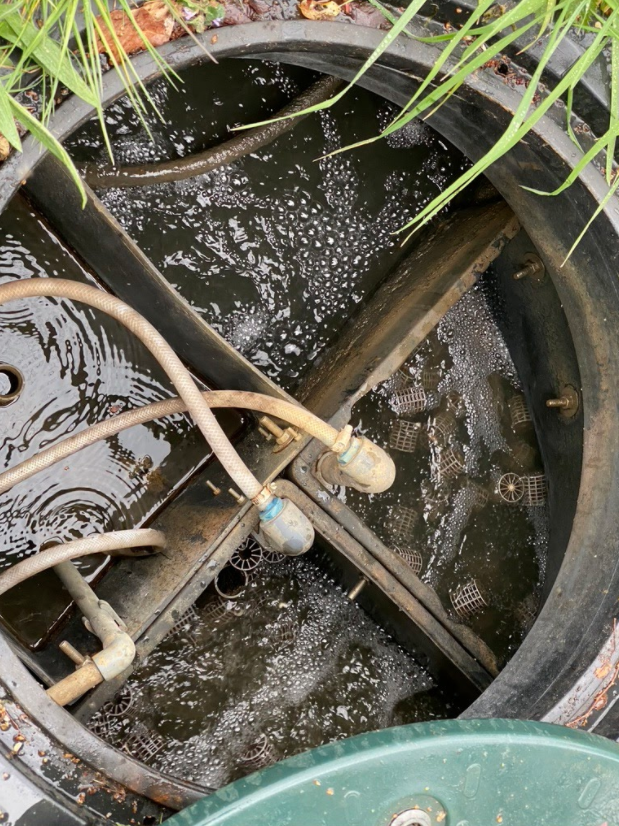
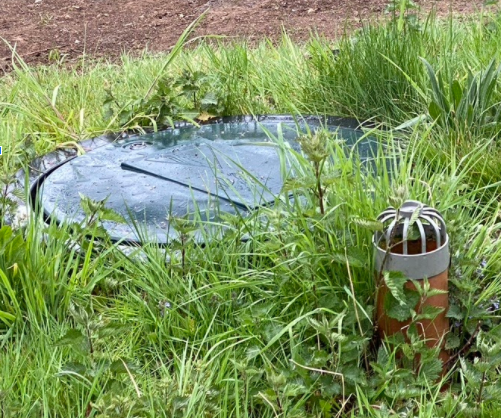
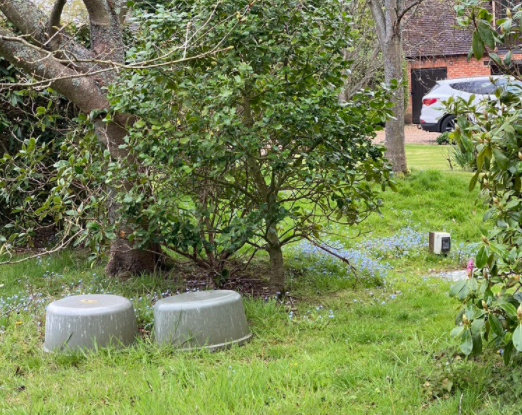
What to be aware of
Fats & Grease (FOG)
As you see in the images above, fats and grease do not decompose in a holding tank of a treatment plant; it is a good idea to minimise the amount of fat, grease and oil entering the system to reduce the risk of damage. We suggest that any excess fats and grease from cooking, once sufficiently cool, are put into a sealable container and disposed of correctly – not poured down the drains or sink. Dishwashers are okay normally, but if the plates are not scraped properly before putting them into the dishwasher this fat, grease and oil can build up and take up valuable space in the holding tank. Particularly at the end of the period between emptying – these have been known to cause damage and pollution. It is hard to quantify the amount of undetected grease and fat that escapes into our drainage systems. When a treatment plant is emptied, you can see the evidence of this sitting on the surface of the holding tank of the treatment plant with the big wheel (bio-disc).
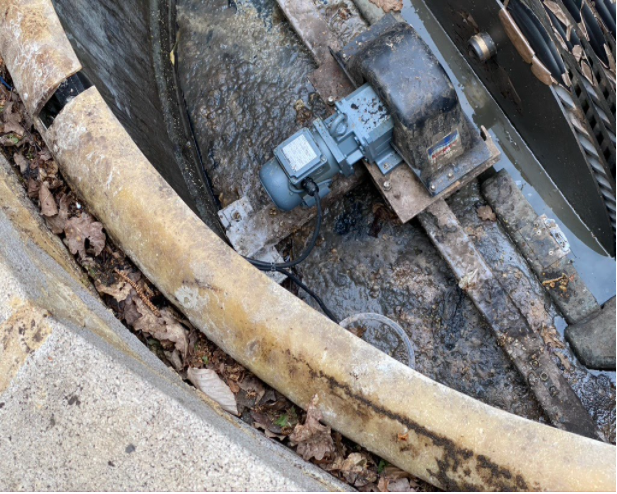
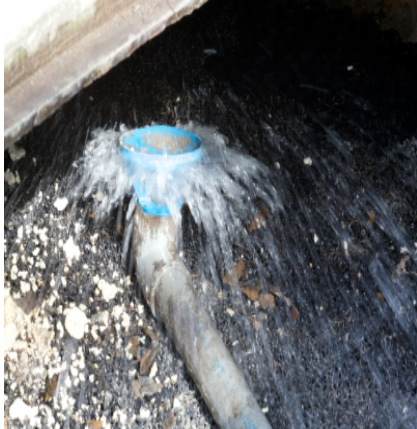
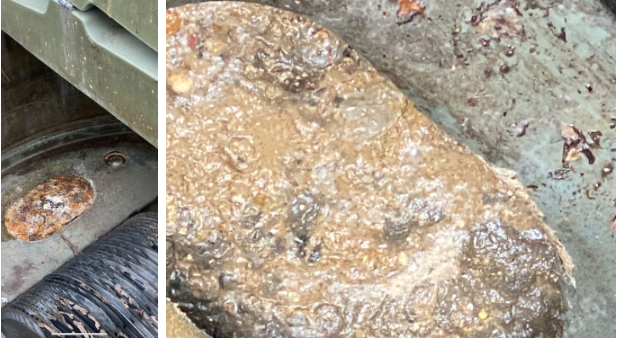
Waste Disposal Units.
Waste disposal units can cause problems when used in domestic sewage treatment plants. Waste disposal units grind up vegetable matter into very tiny pieces. Because the vegetable matter is tiny, it takes a longer time to separate and float or to sink the bottom and can be in suspension flowing to the second chamber, and possibly into the drainage field, ditch, river or stream as it does not settle, or float completely to the top. The enzymes which digest the sewage do not tackle cellulose, the chief constituent of vegetable matter, and this, therefore, accumulates in the holding tank of the treatment plant. This can alter the process and the quality of treatment.
"These treatment plants, in my opinion, are not made to treat fats oil and grease, and at best have a lot of trouble handling material from waste disposal units. Both take up a lot of space in the holding tank, altering the process of separation. You might need to increase the frequency of emptying to compensate for the handling of these unwelcome materials."
Gerry Rowe - Owner of ASL
Surface water contamination.
Surface water drainage ensures that any rainwater which runs off your property’s roof or paved areas are drained away, to prevent flooding. Surface water is collected in gutters and gullies to flow into the public surface water system, ending up in rivers and streams. If you have a private system, then your surface water should end up in a soakaway on your land.
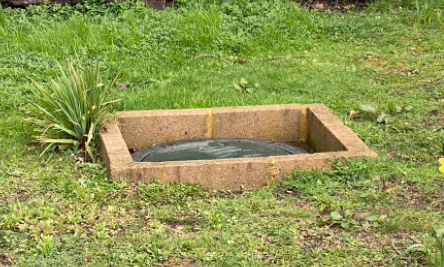
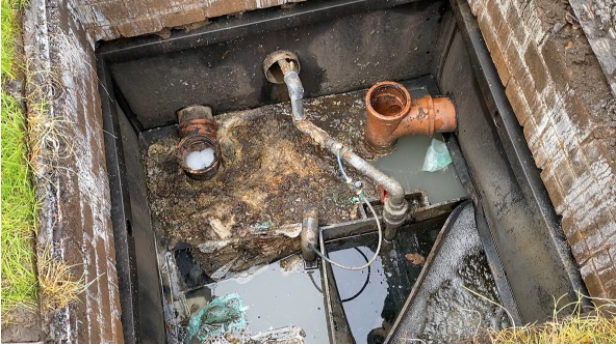
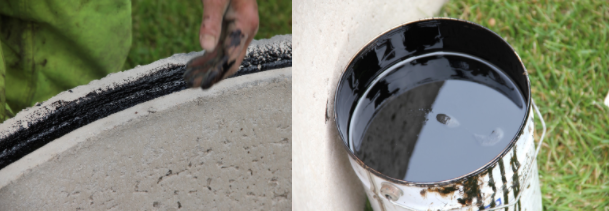
What might this cost?
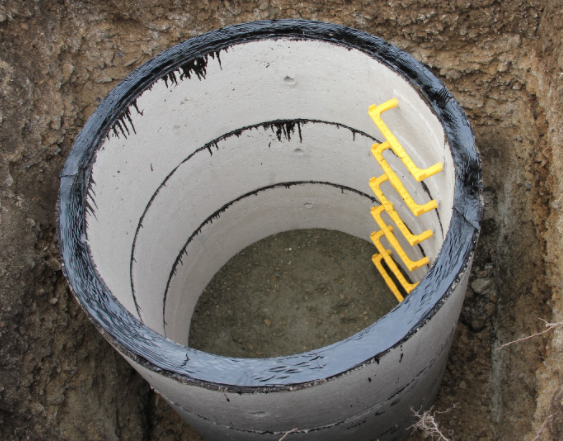
We strongly advocate the installation of a domestic sewage treatment plant as the optimum long term solution for your private waste disposal. If possible, discharging into land drains or with a permit to soakaways or a ditch, subject to obtaining a “Consent to Discharge” from the Environment Agency.
To give you an indication of cost implications, you should budget in the region of £10,000 plus VAT. (catering for difficult ground conditions and the high water table.) The charge given excludes any close-coupled sheet piling or dewatering that may be necessary and the provision of an electrical power supply from the house to the treatment plant.
If you have questions regarding treatment plants, call our friendly office today, and we will answer as many as we can to help you decide which kind of treatment plant you might need. 0800 181 684
Take a look at our webpage on treatment plants and the services we provide.

